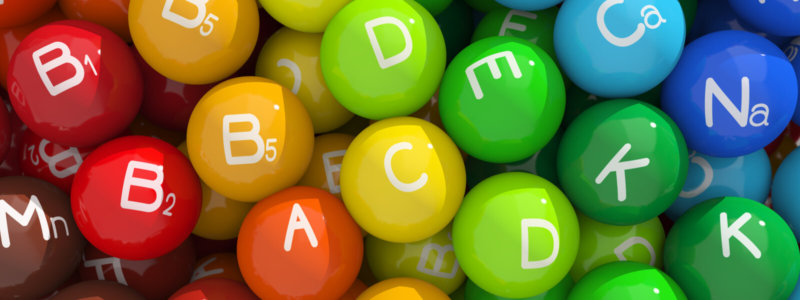How Does Oxygen Get Into Water?
We’ve talked a lot here about our super-charged oxygen water and how oxygen works in and for our bodies. Today I’m going to explore something more fundamental, how does O2 get into the water in the first place?
We know how oxygen gets into the water.
We all know that water is H2O, which means it is two parts hydrogen and one part oxygen. Oxygen gets into the water in 3 ways. “It is by these means that most lakes, rivers, streams, and oceans receive the oxygen necessary to support aquatic life.”:
- Diffusion from the surrounding air.
- Aeration of water.
- Waste products of plants.
I remember when I was young, and we had a goldfish. Every few days, we had to change the water in the bowl. So we ran tap water and set it out in an open container for the chlorine to evaporate. Then it was my job to take glasses of the water and pour it back in from a foot or more height because this “aeration” added more O2 to the water that the goldfish needed to live.
Oxygen enters the water through two natural processes: (1) diffusion from the atmosphere and (2) photosynthesis by aquatic plants. The mixing of surface waters by wind and waves increases the rate at which oxygen from the air can be dissolved or absorbed into the water.
Oxygen enters the water through two natural processes: (1) diffusion from the atmosphere and (2) photosynthesis by aquatic plants. The mixing of surface waters by wind and waves increases the rate at which oxygen from the air can be dissolved or absorbed into the water.
— OceanService.NOAA.gov
Other factors affect the amount of O2 that water can contain. Specifically, they are the temperature of the water and the altitude of the water.
Temperature. The lower the temperature, the higher the amount of dissolved oxygen in a body of water; the opposite is also true, in other words, the higher the water temperature the lower the amount of dissolved oxygen. The amount of DO is highly dependent on the temperature.
Altitude. As altitude increases, the atmospheric (barometric) pressure decreases. Thus, the amount of oxygen diffused into the water decreases. Look at the graph below. It charts the dissolved oxygen capacity based on altitude and temperature. Altitude is represented in meters; the scale is from -500 meters (i.e. below sea level) to 2000 meters. Temperature is represented in degrees Celsius ; the scale is from 1 to 30 degrees Celsius.
Temperature. The lower the temperature, the higher the amount of dissolved oxygen in a body of water; the opposite is also true, in other words, the higher the water temperature the lower the amount of dissolved oxygen. The amount of DO is highly dependent on the temperature.
Altitude. As altitude increases, the atmospheric (barometric) pressure decreases. Thus, the amount of oxygen diffused into the water decreases. Look at the graph below. It charts the dissolved oxygen capacity based on altitude and temperature. Altitude is represented in meters; the scale is from -500 meters (i.e. below sea level) to 2000 meters. Temperature is represented in degrees Celsius ; the scale is from 1 to 30 degrees Celsius.
— Water.USGS.gov
What I find most interesting is that even though water includes O2 molecules, aquatic life needs additional O2 in the water to survive. Thus increasing the Oxygen, our bodies have available to use gives us a fighting chance against health problems and disease.
The EPA is an excellent resource with many scientific studies and descriptions for a more comprehensive look at dissolved Oxygen. The following is a quote from the main page, including the Checklist of Sources, Site Evidence, and Biological Effects.
Dissolved oxygen (DO) refers to the concentration of oxygen gas incorporated in water. Oxygen enters water by direct absorption from the atmosphere, which is enhanced by turbulence (see Figure 1).
Water also absorbs oxygen released by aquatic plants during photosynthesis. Sufficient DO is essential to growth and reproduction of aerobic aquatic life (e.g., see Murphy 2006, Giller and Malmqvist 1998, Allan 1995). This module provides advice for deciding whether to include depleted or (less commonly) excessive DO as a candidate cause.
Dissolved oxygen (DO) refers to the concentration of oxygen gas incorporated in water. Oxygen enters water by direct absorption from the atmosphere, which is enhanced by turbulence (see Figure 1).
Water also absorbs oxygen released by aquatic plants during photosynthesis. Sufficient DO is essential to growth and reproduction of aerobic aquatic life (e.g., see Murphy 2006, Giller and Malmqvist 1998, Allan 1995). This module provides advice for deciding whether to include depleted or (less commonly) excessive DO as a candidate cause.
— EPA.gov
About Dissolved Oxygen
And we hope this explains how oxygen gets into the water.

-
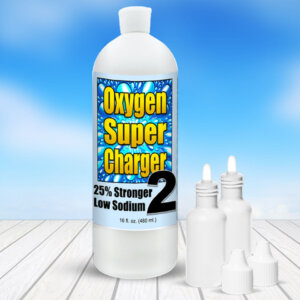
Ultra Strength OxygenSuperCharger2, 25% Stronger, 16–Ounce Bottle
$119.97 Add to cart -
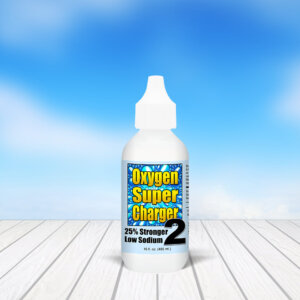
Ultra Strength OxygenSuperCharger2, 25% Stronger, 2–Ounce (Sample Size)
$35.97 Add to cart -
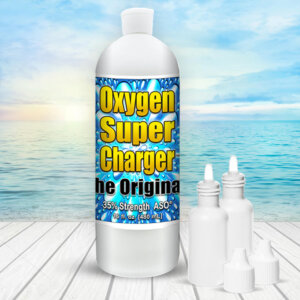
Original 35% Strength OxygenSuperCharger, 16–Ounce Bottle
$96.97 Add to cart -
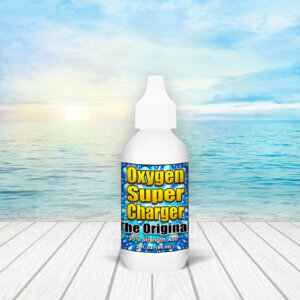
Original 35% Strength OxygenSuperCharger, 2–Ounce (Sample Size)
$27.97 Add to cart -

MineralSuperCharger, Premium Multi-Mineral Supplement, 32-Ounce Quart
$98.97 Add to cart -
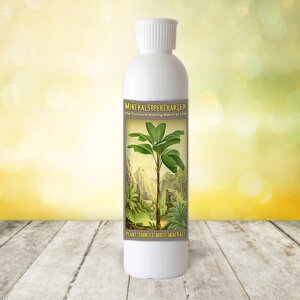
MineralSuperCharger, Premium Multi-Mineral Supplement, 8-Ounce (Sample Size)
$29.97 Add to cart -
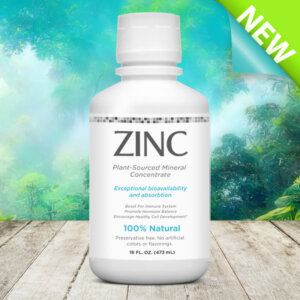
Zinc – Plant-Sourced Mineral Concentrate, 16-ounce
$24.97 Add to cart -

O4 Nasal Spray with Zinc
$14.97 Add to cart

